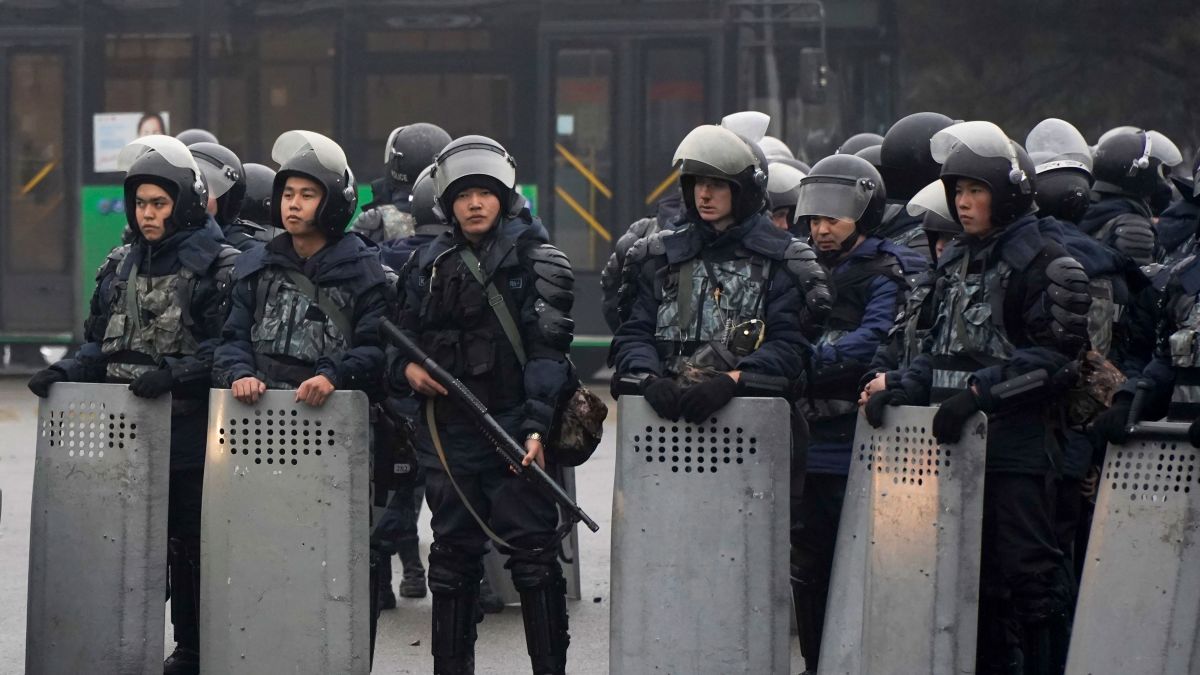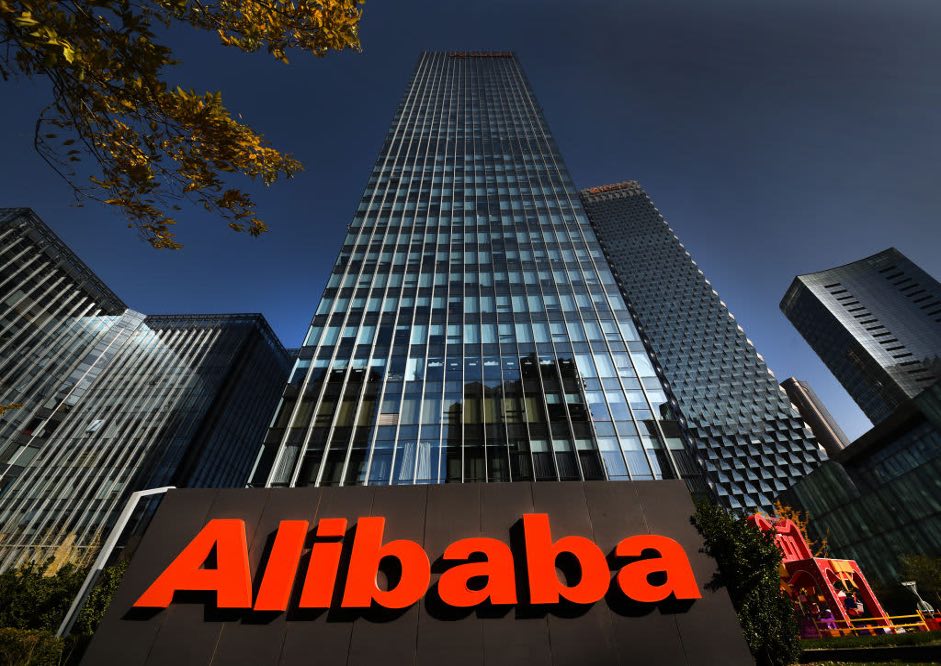For three decades, he was everywhere. The capital’s airport, a city and some of the best universities and schools were named after him, and at the center of the Nur-Sultan city, he constructed a white steel tower with a gold orb on top. The main attraction inside is, Nazarbayev’s own golden hand which you can touch, pointing to his presidential palace in the distance. Over the years, he made sure by various means that he was elected every time as President and his family remained the wealthiest and the most powerful in the country. When he resigned, he hand-picked a successor so that he would continue to be in power.
In conclusion, he was an autocrat, the man who controlled everything, but a beginner compared to the greats, like Kim Jong-Un, who has the-world-exists-for-me-to-tinkle-on-it book down to the last line. The latest example being the North Korean ban on any signs of happiness, including laughter, during the 11-day mourning period that had been imposed on the death anniversary of his late father Kim Jong-il.
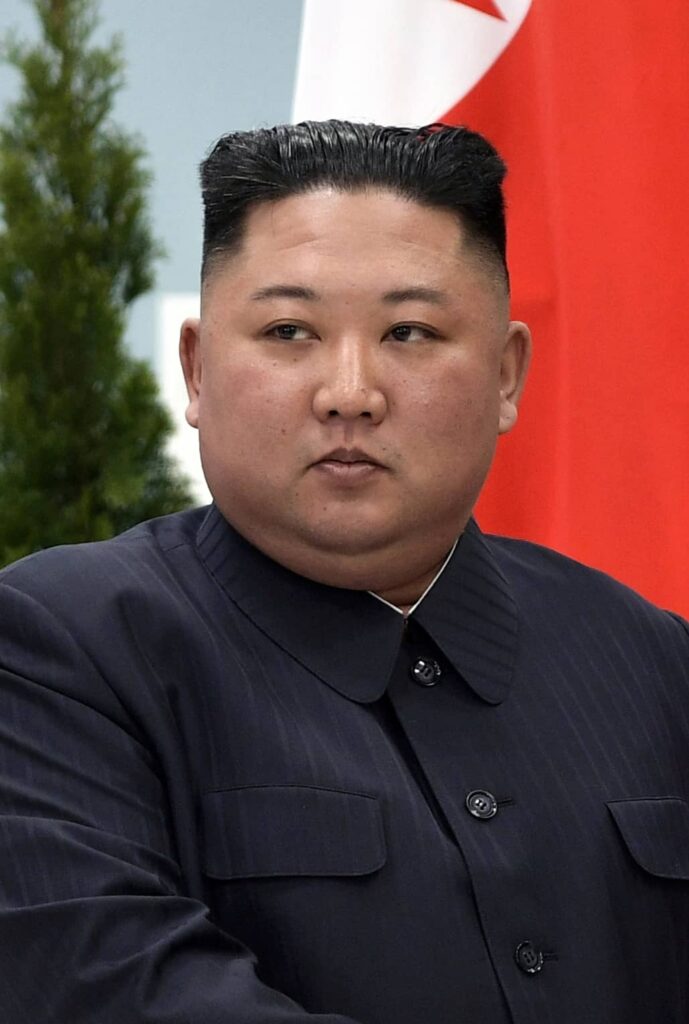
Going back to Kazakhstan, as mentioned earlier, the riots marked the end of the Nazarbayev regime. But how did the riots happen and how did Nazarbayev end up powerless? Valeri Hopkins reports from Nur-Sultan that while the protests started over high fuel prices, which is an irony in a country with large reserves of fuel, it eventually became clear that the deeper anger was over economic inequality. This became clear when the withdrawal of prices did not stop the protests.
She says “One of the biggest frustrations among the ordinary people in Kazakhstan is that it’s so resource rich, it produces 40% of the world’s uranium and about a quarter of the oil and gas used by Western Europe, but it’s incredibly unequal”. In fact, 162 people hold half of the country’s wealth and the reins over the huge number of resources in the country. Nazarbayev and his daughters for instance own companies and properties in Switzerland, France and the U.K.
The capital city Almaty was scarred by days of rioting and looting; some buildings like the office of the ruling party were gutted out, destroyed because of frustration at years of authoritarian rule and inequality. Kazakh journalist Aigerim Toleukhanova says “To be honest, it is a mix of everything, it is mixed with people’s genuine desire for change and political reform, it is mixed with some internal political game in the highest echelons of power and then there’s geopolitics involved and other things so right now it’s really confusing and really hard to say what exactly is going on and why”.
It is unclear whether or how much of the riots was orchestrated to overthrow Nazarbayev and his allies. Regardless of that, President Tokayev seems to have used these riots to his advantage and has stripped his boss of every inch of influence, the speed of which has been as stunning as the length of Nazarbayev’s reign. Note that in many Central Asian countries, the person who is or who controls the chief of security is like the POTUS of that country. This crucial position was in Nazarbayev’s control, until now.
When the riots got out of control, his protegee or rather his ex-protegee President Tokayev goes, ‘Hey everyone, the riots got out of control and it’s all his fault for not being on top of the situation. I will now take the burden of actually leading the country and I’m going to do a better job.’ Tokayev didn’t actually say this, but it was implied in his words and actions. With Nazarbayev out of the picture, Tokayev shakes hands with Putin ‘Yo man, do you mind sending some soldiers over to clear this mess up now?’ and Putin replies ‘Not a problem dude, I was going to send some over anyway, we do not want democracy to become a thing here’. Like two hundred years ago, when the Russians helped the Kazakhs fight the Dzungar Khanate, we do not know if this time also the security comes attached with terms and conditions. Nevertheless, the rebellion was squashed and order restored.
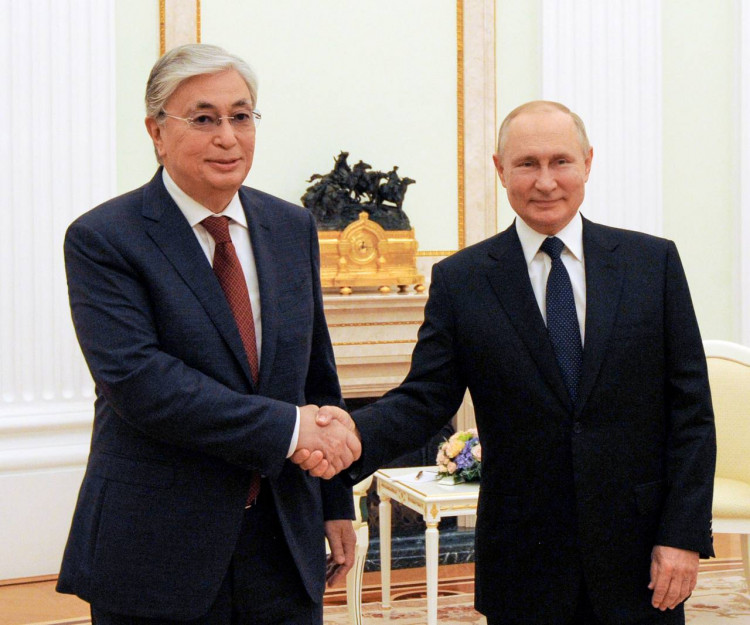
During the riots the Kazakhstan government also shut off the internet across the country, which is only the latest addition to instances of digital authoritarianism that we have been witnessing all over the world. Oppressors have also moved with the times, and information technology is increasingly being used as a weapon against civilians. Spyware like Pegasus and increased social media surveillance are examples of the same. In the data released by a research organization called Freedom House, Kazakhstan scored 33 on 100 in internet freedom and is considered ‘not free’. Internet freedom is measured by taking into account factors like obstacles to access, limits on content and violation of user rights. India scored a 49.
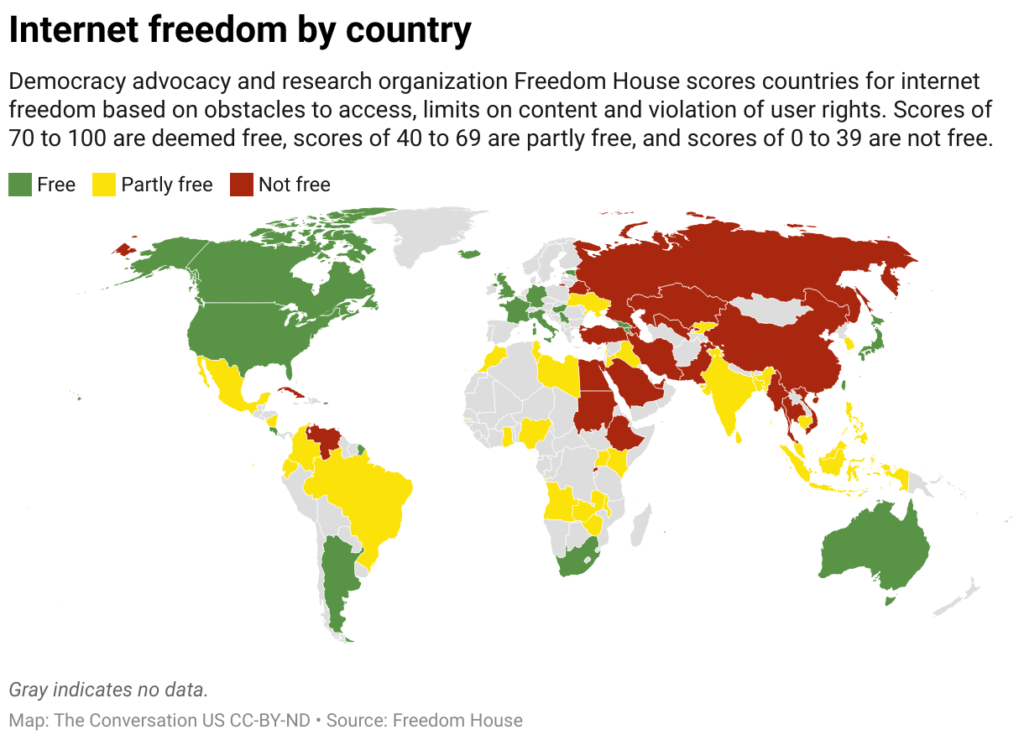
It is unclear if there will be attempts by the government of Kazakhstan to bridge the economic inequality or promote democracy now, with Nazarbayev and his gang gone. For now, however, post-protest, the government is holding more than 460 people on terrorism and disorder charges. By the way, the government is officially pinning the protest on bandits and terror cells. Classic.
Written by- Pragati Kumar
Edited by- Oishika Ghoshal

